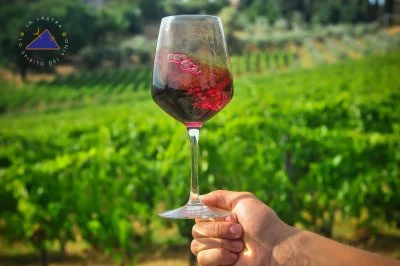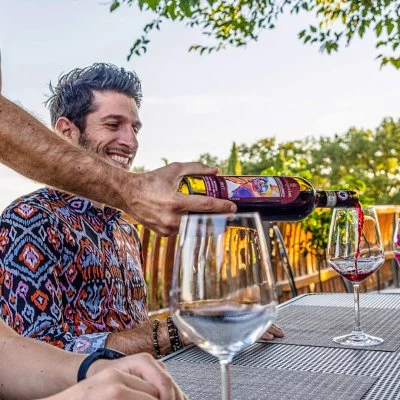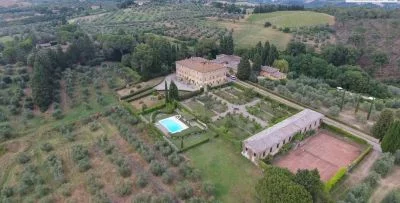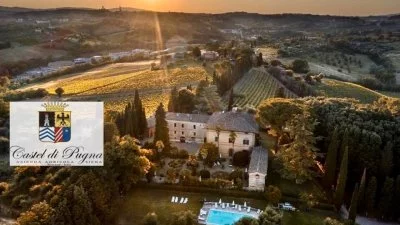Weingut Besichtigungen Siena Stadt
Hier finden Sie eine Liste der besten Weingüter, die Sie in Siena Stadt besuchen können. Sie können Ihren Weingut Besichtigung in Siena Stadt auf Winedering.com online buchen, indem Sie die Weingüter auswählen, die mit dem "ONLINE BUCHEN!" Abzeichen gekennzeichnet sind!
Eine Weingut-Besichtigung in Siena Stadt online zu buchen ist schnell, einfach und sicher auf Winedering.com!
Azienda Agricola La Lastra
(Weingut in Siena Stadt)
San Giorgio a Lapi
(Weingut in Siena Stadt)
Montechiaro - Terre della Grigia
(Weingut in Siena Stadt)
Az. Agr.. Castel di Pugna
(Weingut in Siena Stadt)
Az. Agr. LOSI Querciavalle
(Weingut in Siena Stadt)
Scheggiolla
(Weingut in Siena Stadt)
Tenuta Larnianone
(Weingut in Siena Stadt)
Mehr Informationen über Siena Stadt
Welche Weingut Besichtigungen gibt es in Siena Stadt?
Hier sind die besten Weingut Besichtigungen in Siena Stadt:
- Azienda Agricola La Lastra
- San Giorgio a Lapi
- Montechiaro - Terre della Grigia
- Az. Agr.. Castel di Pugna
- Tenuta Larnianone
- Scheggiolla
- Az. Agr. LOSI Querciavalle
Wo kann man in Siena Stadt Weinproben machen?
Hier sind die besten Weinproben in Siena Stadt:
- La Lastra Weinerlebnis Tour
- Weintour und Weinprobe in San Giorgio a Lapi auf dem Land von Siena
- Abendessen in den Weinbergen des Chianti ab Siena
- Biologisches Chianti & Supertuscans Erlebnis auf dem Landgut Montechiaro
- Nicht die übliche Käseverkostung im Herzen von Siena
- Eine Lebensmittelverkostung für dein Mittagessen in Siena
- Wein- und Essensbegleitung im historischen Zentrum von Siena



